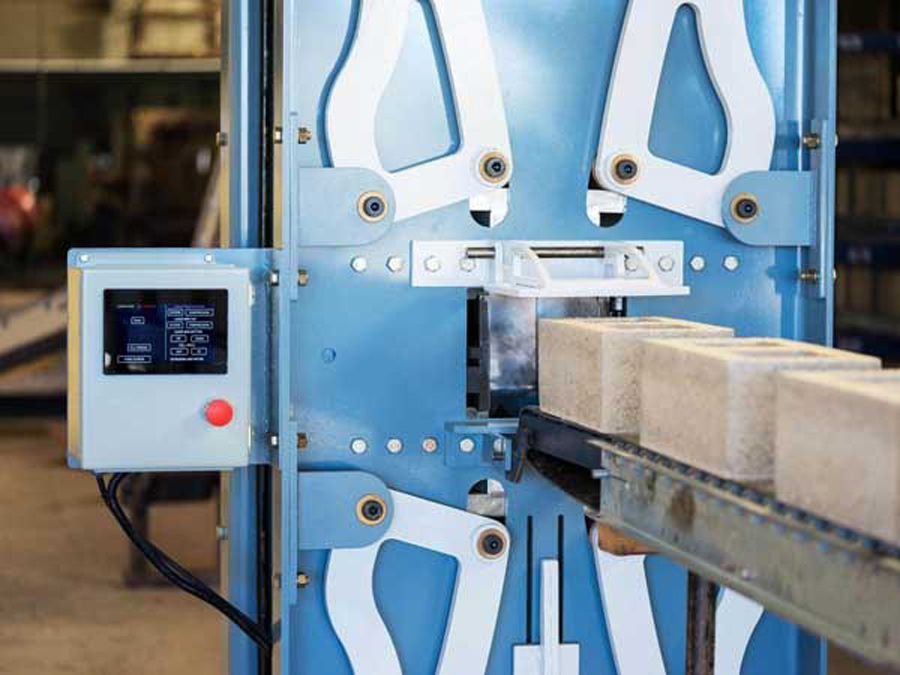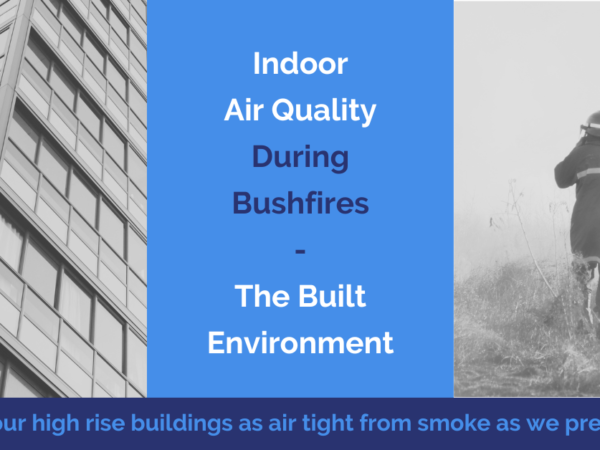The construction industry is under a lot of scrutiny when it comes to environmental pollution and climate change. Construction accounts for almost one-third of global energy consumption, which makes it responsible for the same amount of CO2 emissions.
In Australia, the construction industry is also the cause of between 20 and 30 percent of the waste that enters landfills. So it is vitally important for the industry to start adopting green technologies fast.
Below we’ve put together a list of some innovative technologies currently leading the way in reducing the carbon footprint on our construction sites.
1. New concrete casting technique

RolliT Robot. Image sourced from FormConsult AB.
A new concrete casting technology developed by Swedish company Strongcrete can reduce the CO2 emissions of cement used by 20 percent. This award-winning, innovative technique also improves the quality of the end product.
The New Technology, as the invention is called, involves a machine known as a RolliT Robot. It can perform an additional compression on fresh concrete mass when casting horizontal surfaces.
The technology achieves this using a vertical vibration under light pressure, compacting the concrete further by using a light roller. The result is less problematic casting due to increased control over the process.
The New Technology recently received the Malmo Cleantech City Award for reducing the cement powder mix by 20 percent. This is a hugely important step for the construction industry, as cement is a large contributor to global CO2 emissions.
2. 3D printing replacing traditional materials
Inroads are currently being made into the use of 3D printing technology to replace traditional building materials on-site. Early examples of this are already being seen in various countries around the world, including experimental 3D-printed houses in China, a test bridge in the Netherlands, and even a fully functioning office in Dubai.

3D printing could revolutionise the construction industry by enabling buildings to be constructed from natural materials found in the local area. This differs from the traditional methods that utilise fossil fuels in the production of traditional building materials.
The Wasp Project in Italy, led by the 3D printing firm Centro Sviluppo Progetti, has built a 3D printer that can produce a basic structure from water, soil and vegetable fibre. The printer, which is 12 metres tall, runs on solar power, and is being used to construct an eco-village.
This technique obviously has huge environmental benefits. But it also heralds a new and exciting era for design as 3D printing makes it possible to create more imaginative structures.
3. Excavation waste being turned into building materials
One of the major problems faced on building sites is the amount of waste generated, and the disposal of it. This problem could soon be eradicated due to new technologies which can turn excavation into usable building materials.
California-based company Watershed Materials has created a pop-up plant which uses ultra-high compression to turn excavation waste into concrete masonry units (CMUs). These CMUs can then be used in the construction process. This not only reduces the amount of waste materials going into landfill, but also helps the environment further by reducing the amount of construction truck traffic and CO2 emissions.

Watershed recycling machinery. Image sourced from Construction Climate Challenge.
Another company working to reduce construction waste is Sydney’s own ResourceCo. They have developed technology that will enable non-recyclable construction waste to be turned into an alternative source of fuel.
It is currently constructing a plant in Sydney’s Wetherill Park and is expected to transform 150,000 tonnes of waste into fuel each year. This vital conservation of resources will also reduce CO2 emissions and ground pollution.
Technology is advancing all the time – it’s great to see that the construction industry continues to develop new green technologies to reduce its carbon footprint and protect the environment
Receive our updates straight to your inbox



